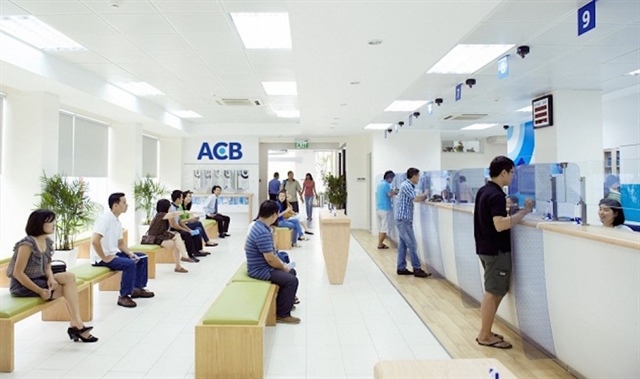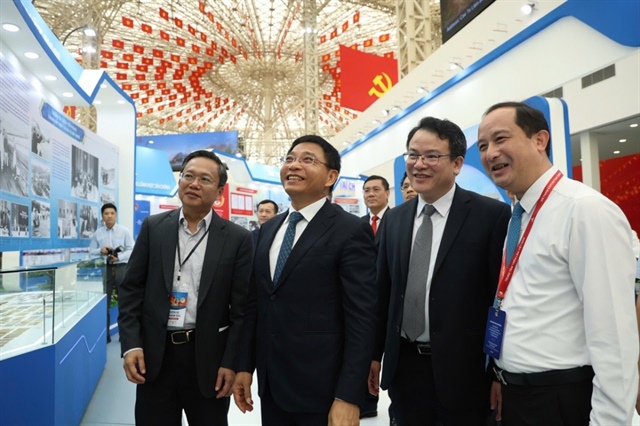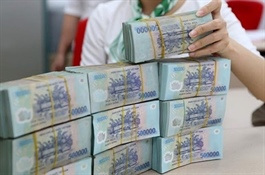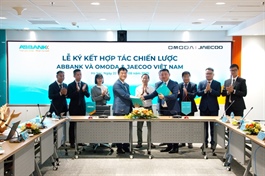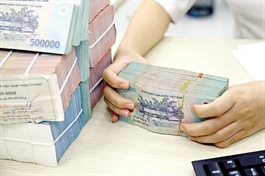Vietnamese firms tackle US tariffs with smart strategies and growth
Vietnamese firms tackle US tariffs with smart strategies and growth
The United States recently imposed a 20 per cent countervailing tax on goods from Việt Nam, prompting many firms to proactively restructure operations, standardise production, and diversify export markets to maintain growth momentum.
The United States recently imposed a 20 per cent countervailing tax on goods originating from Việt Nam, a level that presents challenges but remains manageable for domestic enterprises.
Many Vietnamese firms are responding proactively by restructuring operations, standardising production and diversifying export markets to maintain growth momentum amid these new trade barriers.
Nguyễn Phương Lam, director of the Việt Nam Chamber of Commerce and Industry’s Mekong Delta branch, noted that the 20 per cent tariff is a significant reduction from the previous 46 per cent. He added that the gap between Việt Nam and other Southeast Asian nations is now only around one percentage point.
“Compared with regional countries, a 20 per cent tax is not excessively high and can be considered acceptable. More importantly, Việt Nam’s exports to the US have exceeded US$119 billion, far surpassing many Southeast Asian nations which only reach $30–40 billion,” Lam emphasised.
Experts agree this outcome reflects the Government’s effective negotiation efforts. However, enterprises must now adopt both short-term and long-term adaptation strategies to remain competitive.
Many businesses have already taken steps. Minh Phú Seafood Corporation – Hậu Giang, which exports shrimp to 50 countries, reported that the US accounted for only 14.7 per cent of its sales, with Japan leading at 24.1 per cent.
General director Lê Thị Minh Phú said, “We hope the Government will continue negotiations for further tax reductions. At the same time, we have expanded into other potential markets to maintain stable growth.”
In agriculture, Cửu Long Orchard JSC general director Lê Văn Đồng said: “The US market values quality over quantity. The decisive factor is not the tariff rate but competitiveness through product quality. We are targeting the premium segment, where customers prioritise health and branding.”
Technology companies are also adapting swiftly. Deputy director of VNPT Technology’s business centre Trần Đức Hòa outlined four solutions: optimising supply chains, boosting localisation, diversifying markets and developing high-tech products to ease pricing pressures.
Principal country economist of the Asian Development Bank in Việt Nam Nguyễn Bá Hùng highlighted that domestic reforms—ranging from institutional improvements to business environment upgrades—could be undertaken immediately to enhance competitiveness.
From an investment perspective, he added that the current tariff gap gives Việt Nam an advantage over China, making it a more attractive destination for international capital flows.
- 14:30 25/08/2025


